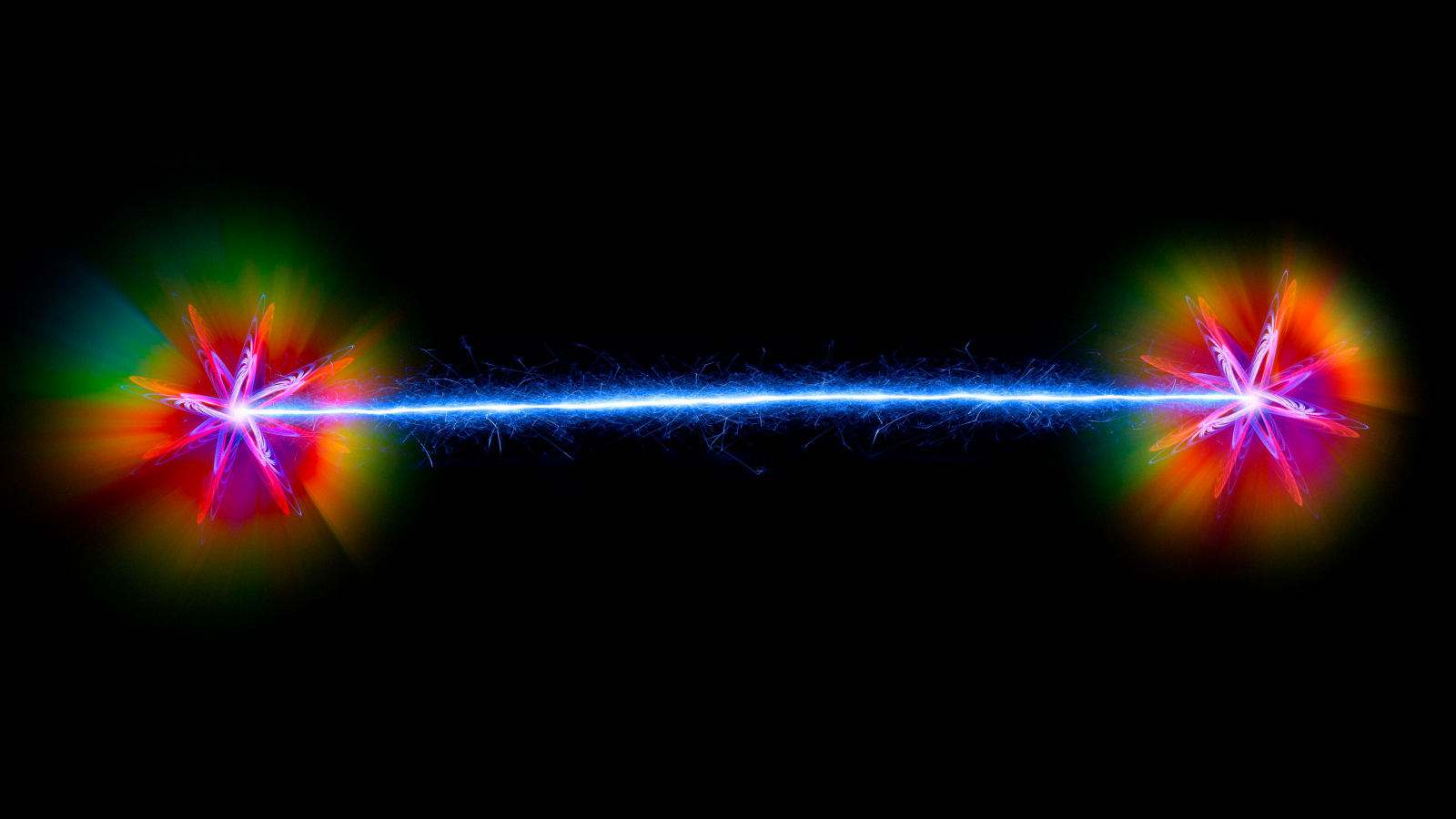
Scientists have used AI to discover an easier method to form quantum entanglement between subatomic particles, paving the way for simpler quantum technologies.
When particles such as photons become entangled, they can share quantum properties — including information — regardless of the distance between them. This phenomenon is important in quantum physics and is one of the features that makes quantum computers so powerful.
But the bonds of quantum entanglement have typically proven challenging for scientists to form. This is because it requires the preparation of two separate entangled pairs, then measuring the strength of entanglement — called a Bell-state measurement — on a photon from each of the pairs.
These measurements cause the quantum system to collapse and leave the two unmeasured photons entangled, despite them never having directly interacted with one another. This process of “entanglement swapping” could be used for quantum teleportation.
In a new study, published Dec. 2, 2024 in the journal Physical Review Letters, scientists used PyTheus, an AI tool that has been specifically created for designing quantum-optic experiments. The authors of the paper initially set out to reproduce established protocols for entanglement swapping in quantum communications. However, the AI tool kept producing a much simpler method to achieve quantum entanglement of photons.
Related: Quantum data beamed alongside ‘classical data’ in the same fiber-optic connection for the 1st time
“The authors were able to train a neural network on a set of complex data that describes how you set up this kind of experiment in many different conditions, and the network actually learned the physics behind it,” Sofia Vallecorsa, a research physicist for the quantum technology initiative at CERN, who was not involved in the new research, told Live Science.
Tapping into AI to simplify quantum entanglement
The AI tool proposed that entanglement could emerge because the path of photons were indistinguishable: when there are several possible sources the photons could have come from, and if their origins become indistinguishable from one another, then entanglement can be produced between them when none existed before.
Although the scientists were initially skeptical of the results, the tool kept returning the same solution so they tested the theory. By adjusting the photon sources and ensuring they were indistinguishable, the physicists created conditions where detecting photons at certain paths guaranteed that two others emerged entangled.
This breakthrough in quantum physics has simplified the process by which quantum entanglement can be formed. In future, it could have implications for the quantum networks used for secure messaging, making these technologies much more feasible.
“The more we can rely on simple technology, the more we can increase the range of applications,” Vallecorsa said. “The possibility to build more complex networks, that could branch out in different geometries, could have a big impact with respect to the single end-to-end case.”
Whether it is practical to scale the technology into a commercially viable process remains to be seen, however, as environmental noise and device imperfections could cause instability in the quantum system.
The new study has also provided a convincing argument for the use of AI as a research tool by physicists. “We are looking more into introducing AI, but there is still a little bit of scepticism, mostly due to what the role of the physicist is going to be once we start going that way,” Vallecorsa said. “It is an opportunity for getting a very interesting result and shows in a very compelling way how this can be a tool that physicists use.”
